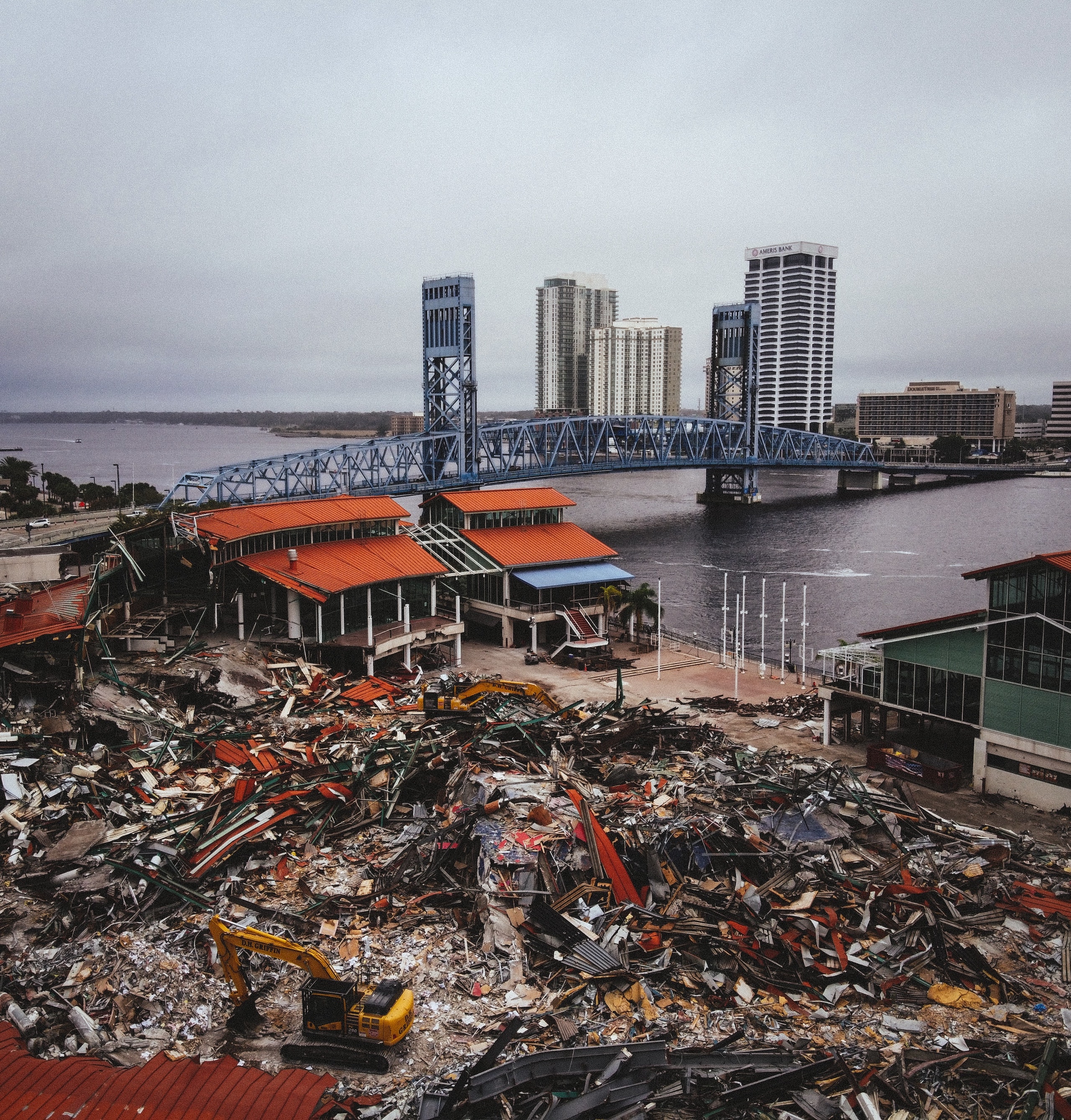
Adaptation could reduce damage from climate-driven storms by a third
While the push for global action to reduce emissions continues, disaster-prone communities face an expensive decision: Should they spend money on adaptations like seawalls, stilts, storm drains, and windproof garage doors to better withstand climate change? An ASU economics professor shares her opinion.
While the push for global action to reduce emissions continues, disaster-prone communities face an expensive decision: Should they spend money on adaptations like seawalls, stilts, storm drains, and windproof garage doors to better withstand climate change? An ASU economics professor shares her opinion.
In this story published Nov. 30, 2021, in Newsweek:
My research estimated that we have approximately $800 billion worth of storm adaptation infrastructure already in place in the U.S. Assuming incentives for adaptation grow over time to mirror escalating climate threats, adaptation would cut expected storm damage by a third by the end of the century. The overall result, after subtracting out the price of the adaptations, would be an 11% reduction in storm-related costs caused by climate change, compared to doing nothing and simply paying to rebuild after each storm.
– Stephie Fried, assistant professor of economics
Latest news
- Artificial intelligence in business master's degree helps Nathan Merriman combine business strategy with technology
Nathan Merriman (MS-AIB '25) had been working in business for a few years when he learned about…
- How the Executive MBA empowered Scott Gates to be a mission-driven leader
Scott Gates (BS Marketing '04, Executive MBA '15) had a very positive experience during his…
- Fall 2025 W. P. Carey Dean's Medalists honored at celebratory luncheon
Top grads from each program recognized for academic excellence and lasting impact on the ASU…